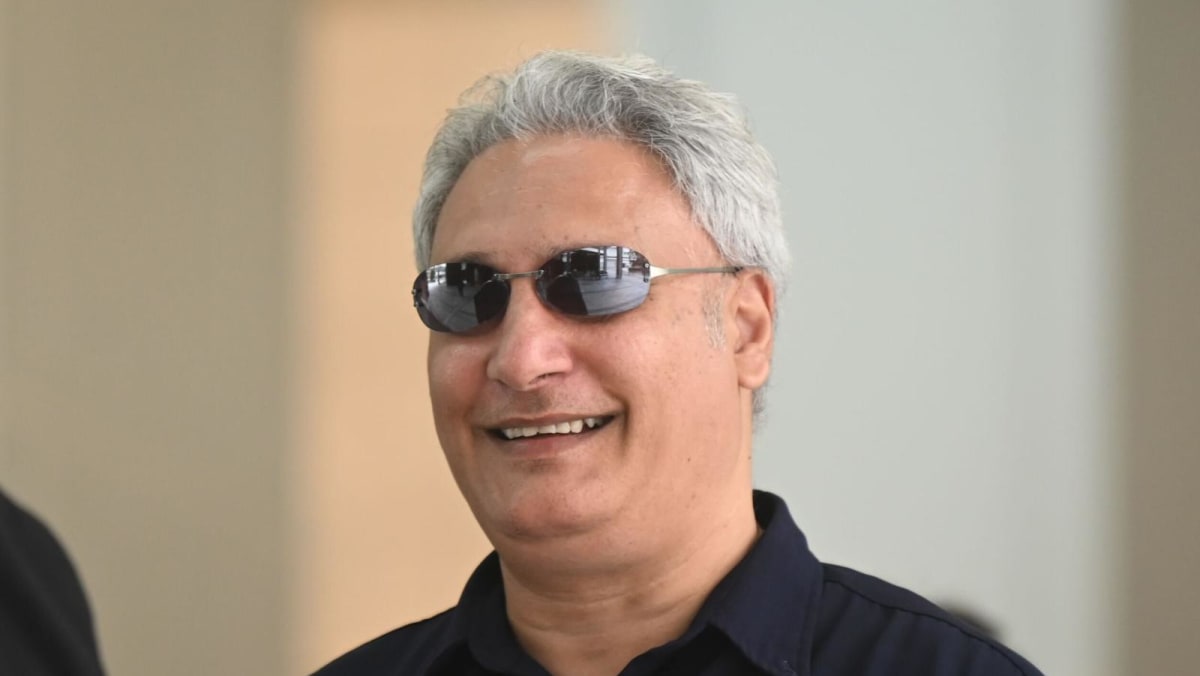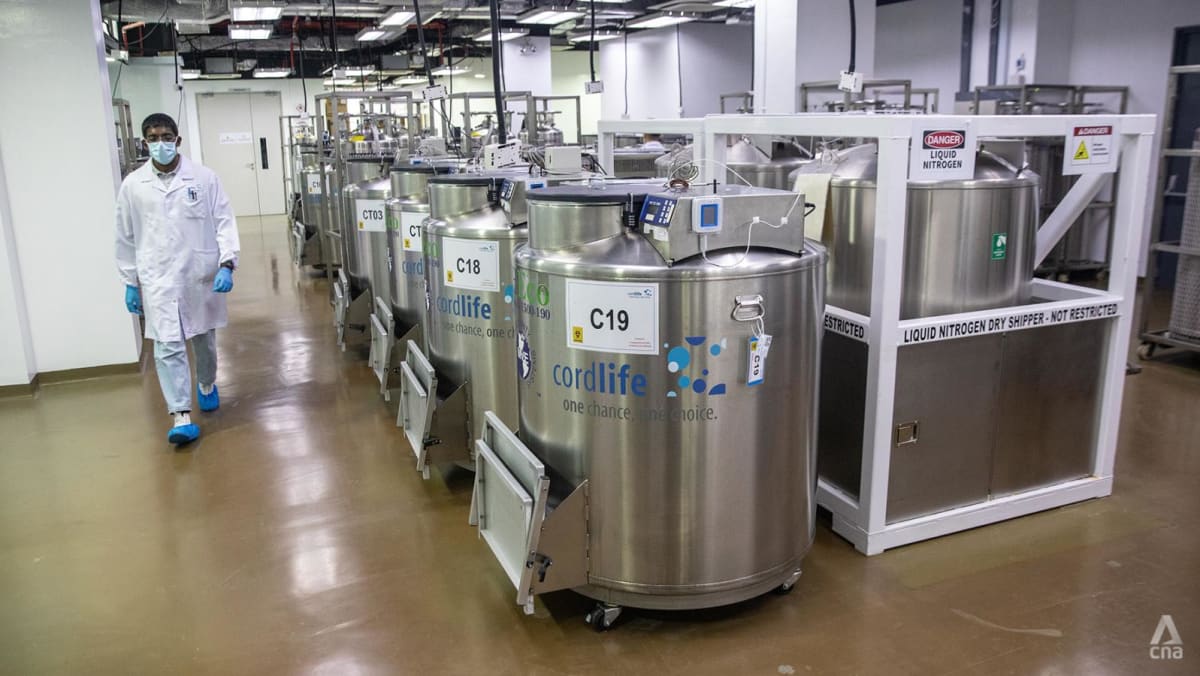Scholars have not shied away from trying to work out what makes (or keeps) us happy. The study of happiness is multi-disciplinary and often involves psychology, sociology, public health, demographics and much more.
Researchers in various institutions like Harvard have also conducted (or are conducting) long-term studies to ascertain what makes individuals happy.
There appears to be some agreement amongst researchers that at the very least, experiencing a higher level of well-being – positive emotions, good physical and mental health, strong social networks, an absence of loneliness and so on – does roughly equate to a “happier” individual.
Hence, one will often see variables that can quantify well-being become proxies for gauging a population’s happiness.
There’s nothing wrong with a bit of that. We do need to work out large-scale trends in order to make policy and budgetary decisions. I believe the problem begins when we start thinking that happiness can be quantified in a measurable and therefore manipulable way.
As Goodhart’s Law states, “When a measure becomes a target, it ceases to be a good measure”. It does not help when quantifiable proxies become the goal in and of itself, especially when it is used to “chase the rankings”.
In healthcare for example, setting distinct and quantifiable targets like waiting/treatment times may sometimes work, but can also lead to behaviours that prioritise the target over the treatment or patient.
At the same time, many of these proxies that rank us highly on happiness also take a lot of work to achieve and maintain. In other words, it might increase overall well-being but comes at the cost of higher levels of stress.













